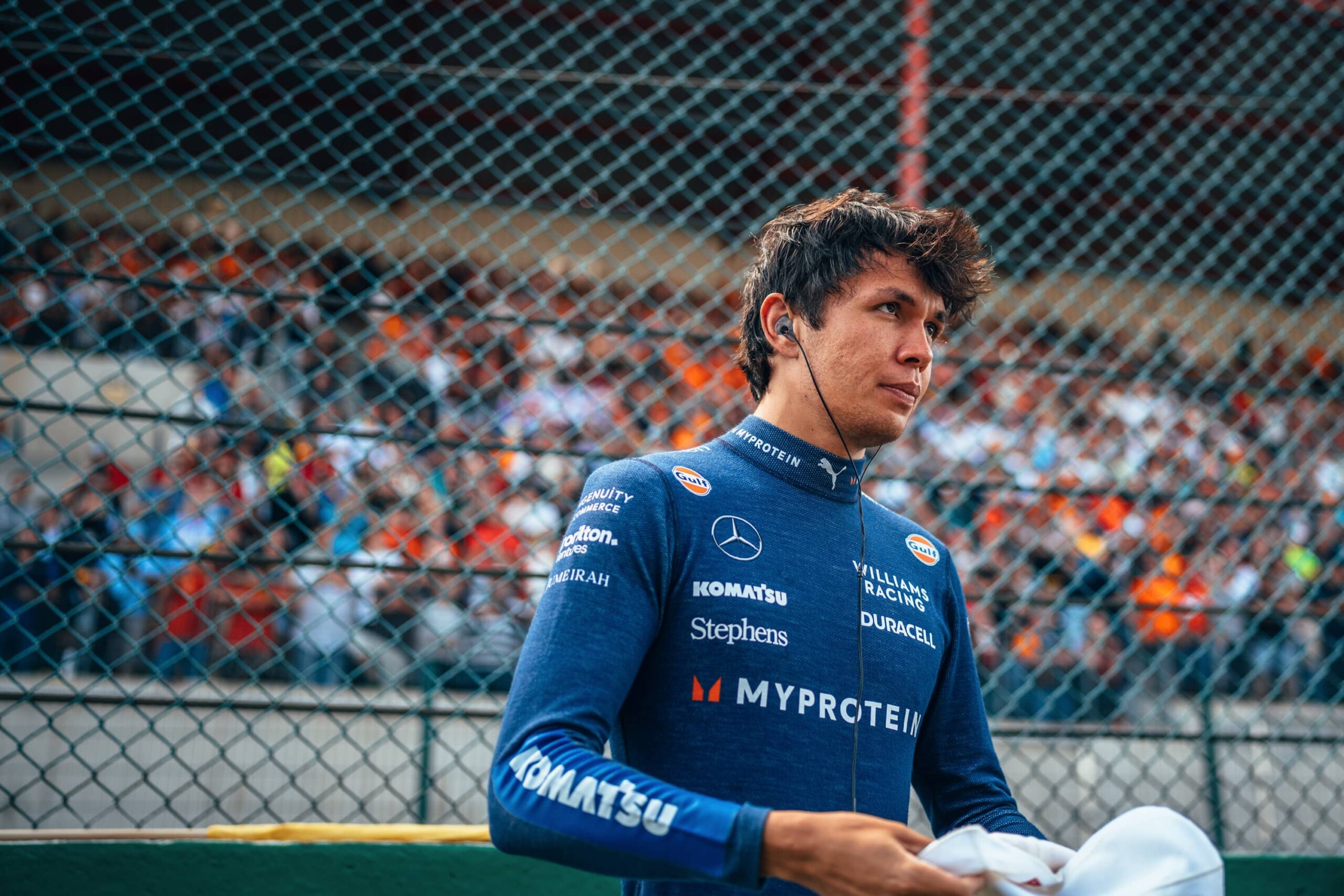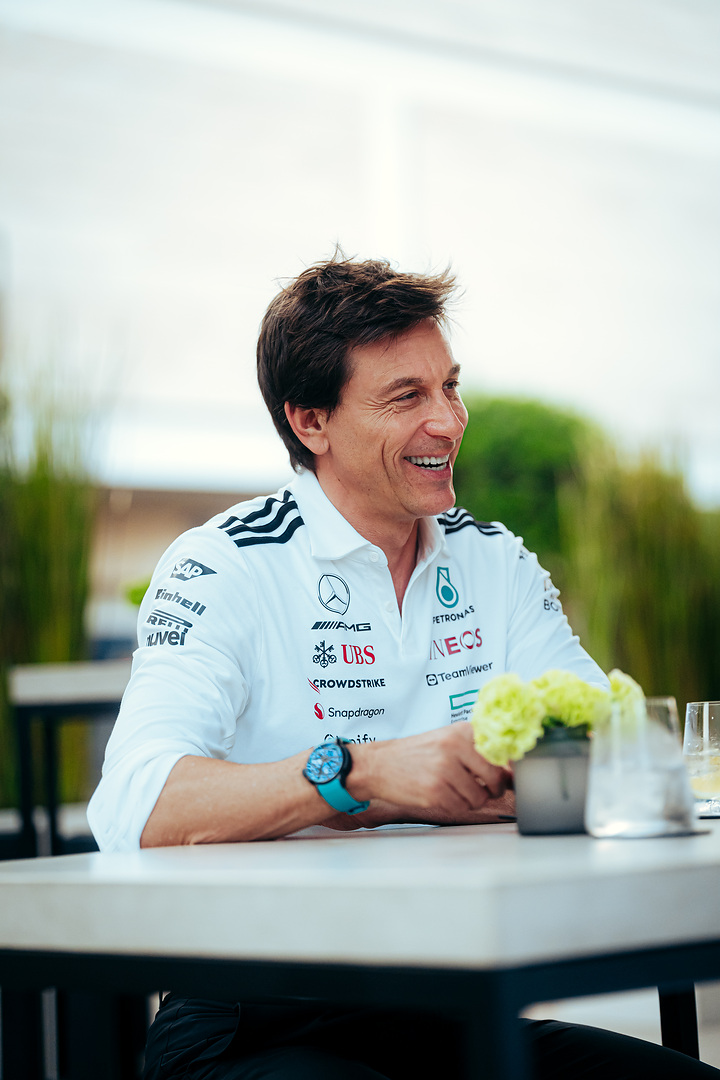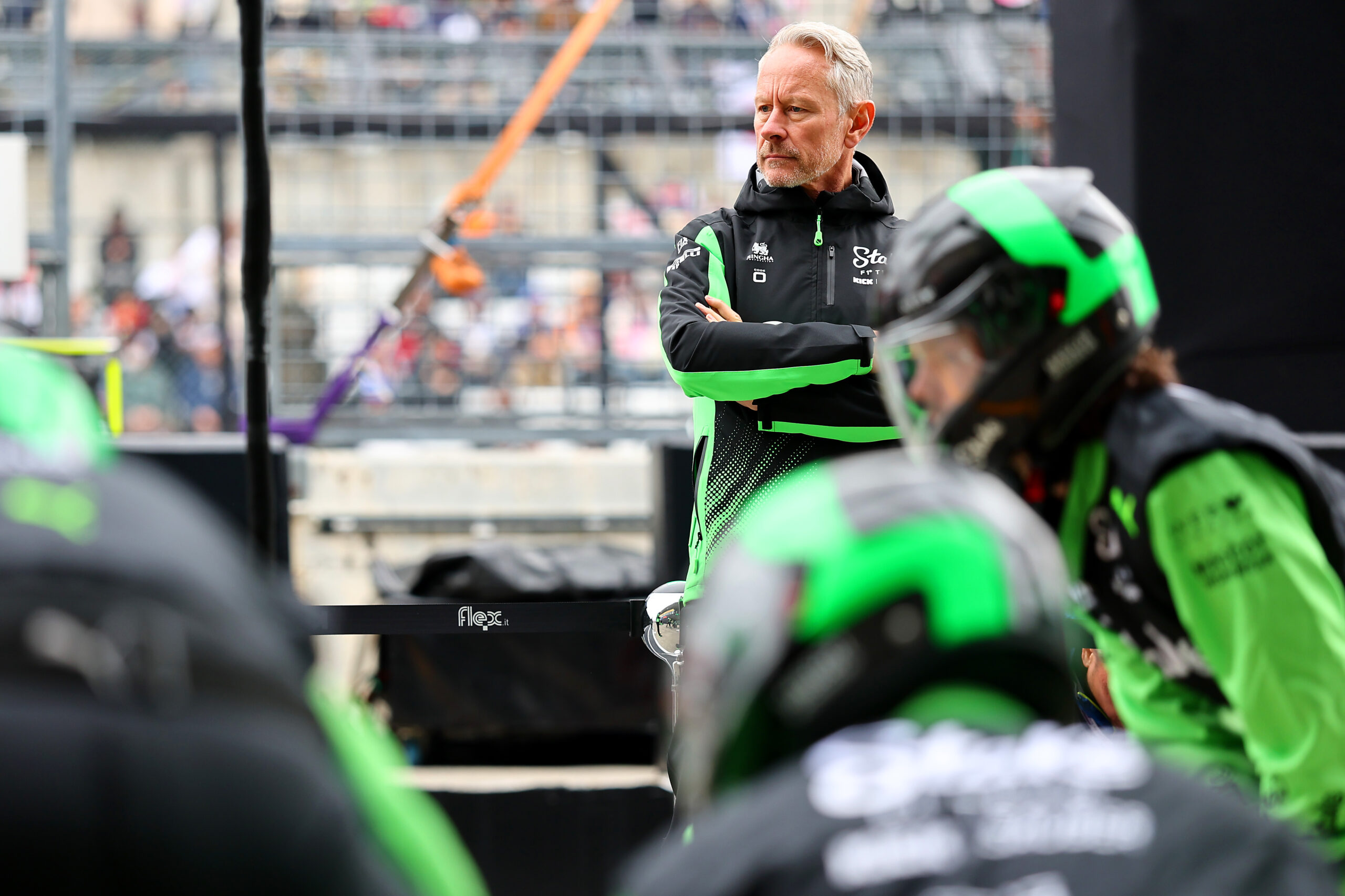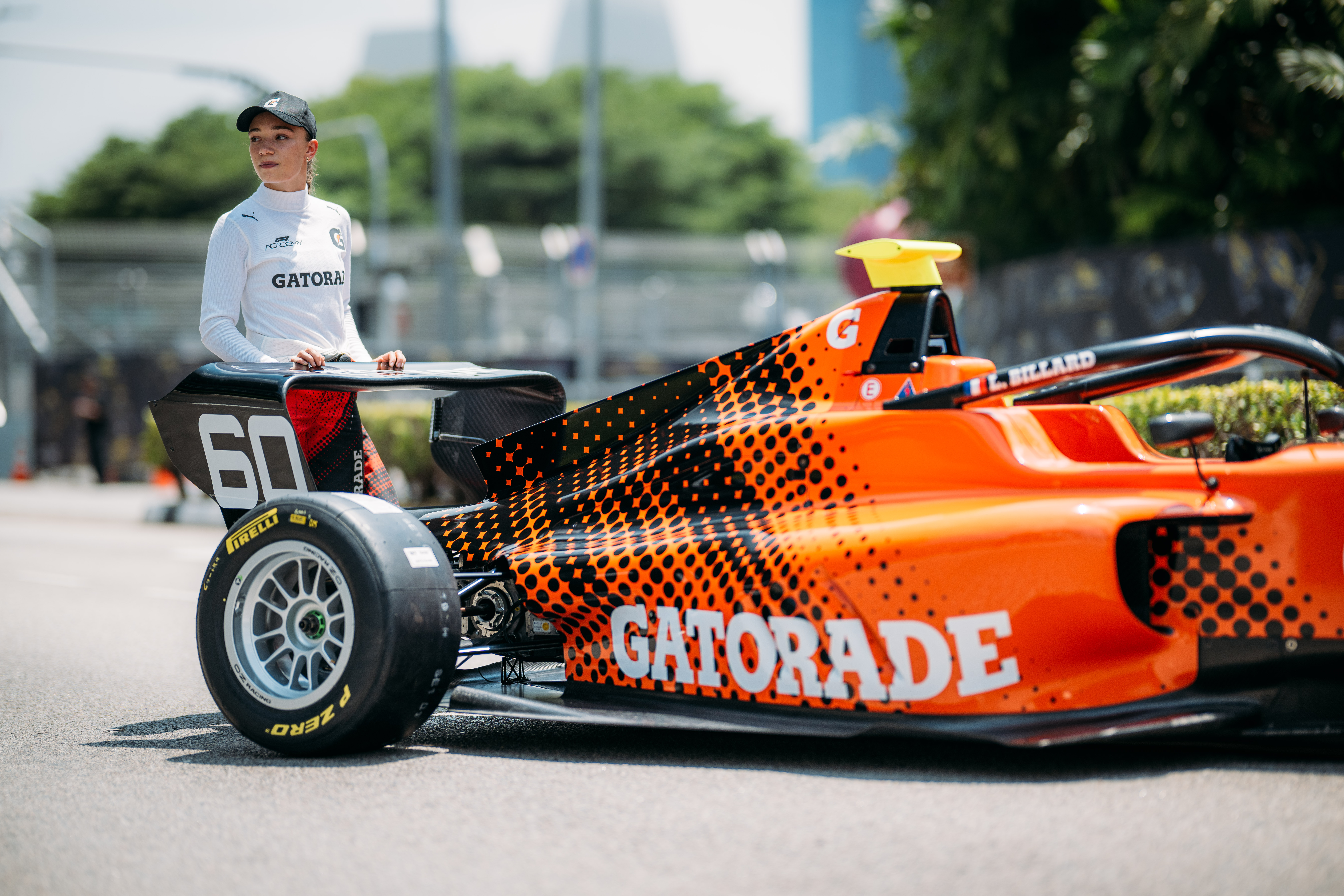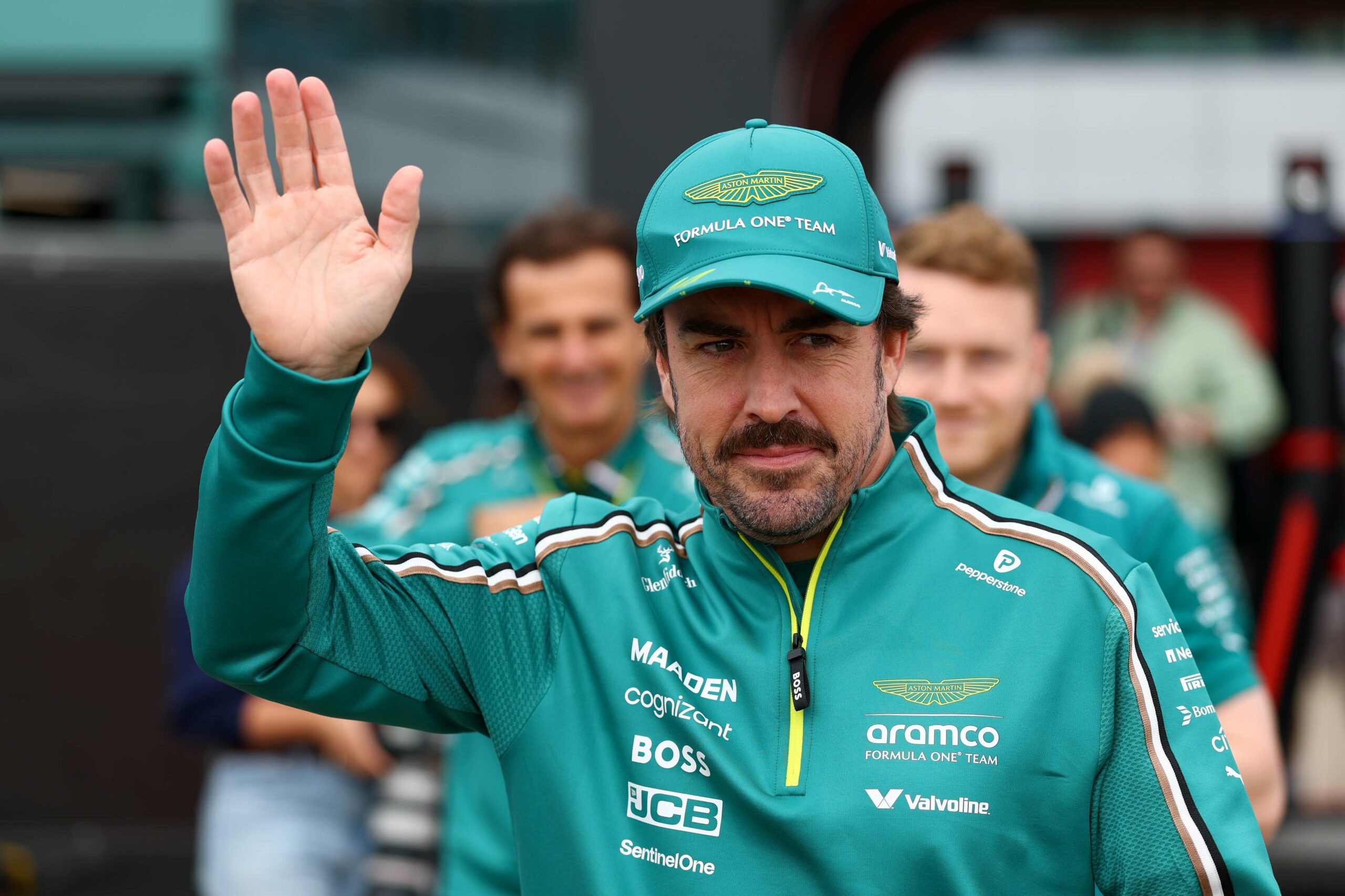As we gear up for the end of the Formula 1 summer break, and the Dutch GP, Williams’ successes seem to be rapidly climbing.
Despite signing Ferrari’s Carlos Sainz for 2025 and replacing Logan Sargeant, the team is taking a long-term approach to their resurgence, with eyes firmly set on 2026.
Alex Albon believes that the groundwork being laid now will benefit the team in time, even if it means enduring some short-term pain, and lacklustre performance on track.
James Vowles has made it clear that the team’s primary focus is on the 2026 season, but with this, there’s a delicate line to tread between improving the current car and laying the foundation for upcoming seasons.
Whilst other teams are scrambling to upgrade their cars, Williams is attempting to take a measured approach.
“We can see the way some other teams are upgrading. RB, for example, Haas. But I’m still happy with what we’re doing, what we’re focusing on,” Albon commented.
“Realistically, if you look at the top teams, they’ve got a very strong base, a strong foundation, which means every year, even if they start off weak, they always still come out strong.”
In choosing to play the long game Williams will suffer from immediate results, but Albon noted, that without the right foundation within the team and car, any gains would be fleeting.
“You could start off maybe 2026 in a good place, decent place, but if you don’t have the right foundations, you’ll never build from that. You’ve seen it with other teams, they might hit the regulations in a decent place and then they just fall back throughout the year.
“I believe in the process we’re doing. I do know it can mean a bit of short-term pain, but I’m okay with that.”
When it comes to the car’s performance, Albon claimed that even despite significant progress from last year, there are still several areas where the FW46 struggles, particularly in specific types of corners.
“There’s still a little bit of similarities between last year’s car to this year’s car.”
“We look at the comments from the previous year and we can see some synergy in what we said last year to this year. But as I said, less extreme, but they’re there.”
Referencing how the team performed in Monaco, Albon explained how the team’s improvement in low-speed corners displays the gradual progress being made.
“I think it’s much better now, especially the low-speed corners were something we really struggled with last year. We’re actually quite good this year. Monaco was a good example of that.”
However, he was quick to point out that there are still many tracks where the car’s limitations are painfully apparent, like Barcelona, where high-speed corners remain a challenge.
“Some tracks, we still have these kind of… two or three corners on the track that lose us too much lap time.”
“Which is why Barcelona we were slow.”
One of the key areas of focus for Williams has been weight reduction in the car. Albon has noted that “the factory’s got a lot of weight out of the car. We’re still overweight, but nowhere near where we were to start with.”
Noting that the team “haven’t had almost any major upgrades”, he made light of the situation, acknowledging that “we haven’t put an upgrade yet on the car and we’re still able to fight close enough to points.”
Their progress is particularly impressive given the constraints Williams faces and their balancing act between weight reduction and performance enhancement: “You have to make a choice, unfortunately, between weight and performance… Performance-wise, weight’s a guaranteed improvement, but it’s also a very expensive thing to chase.”

